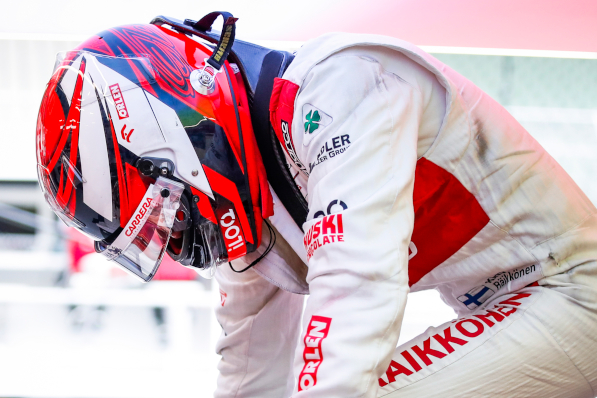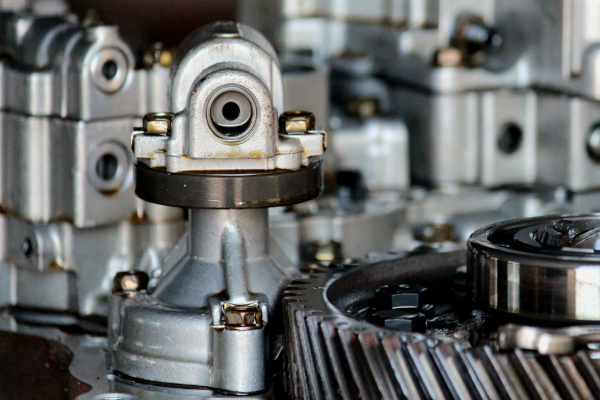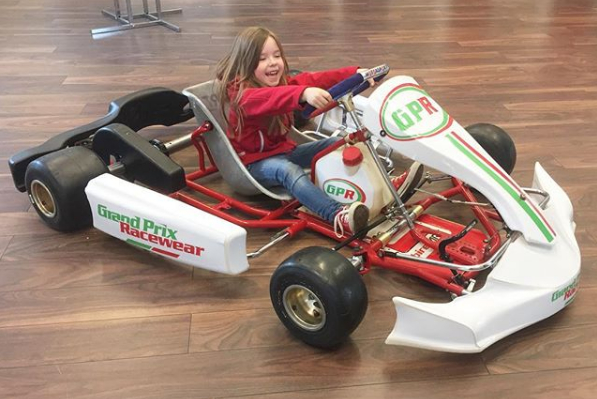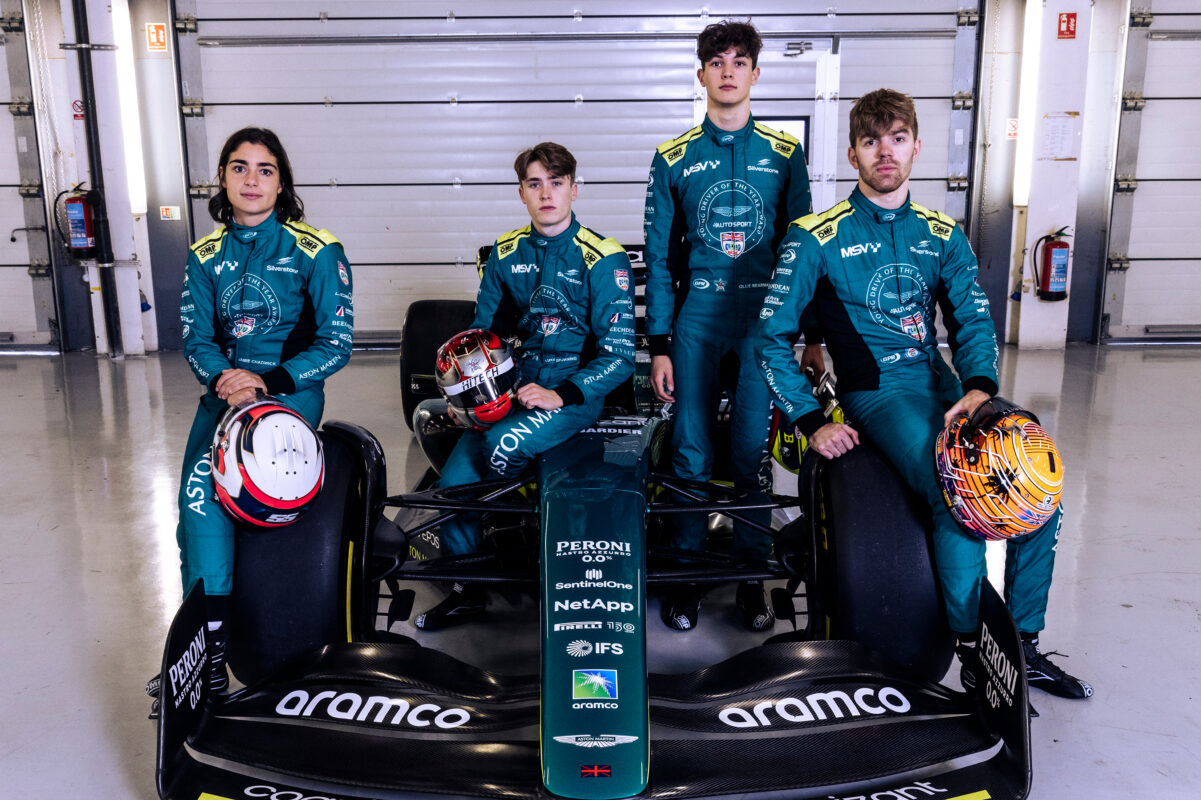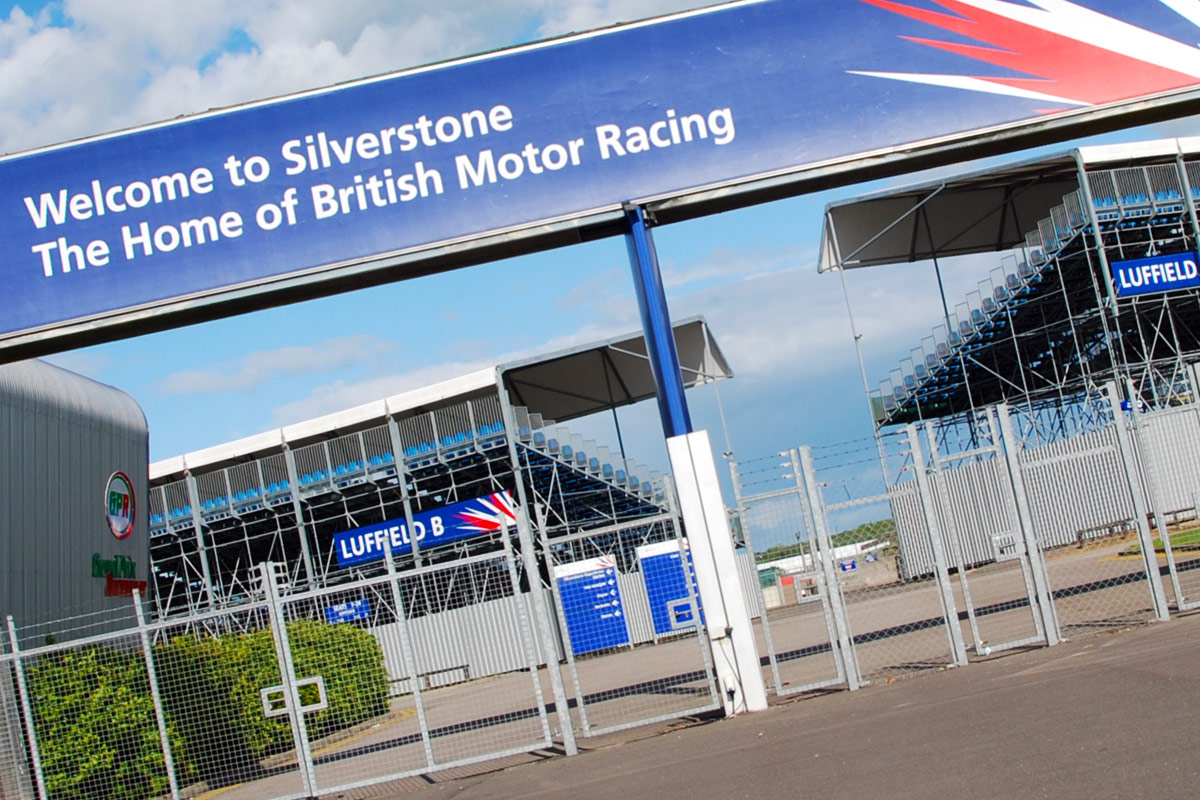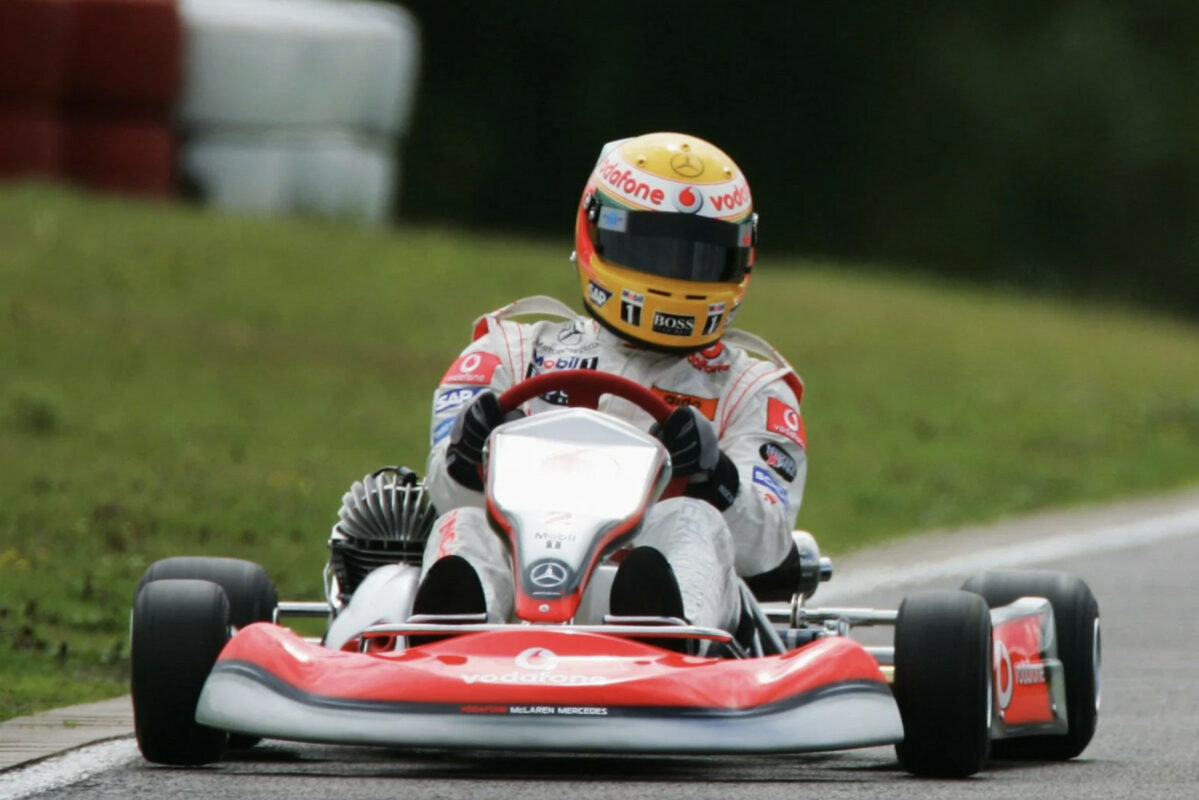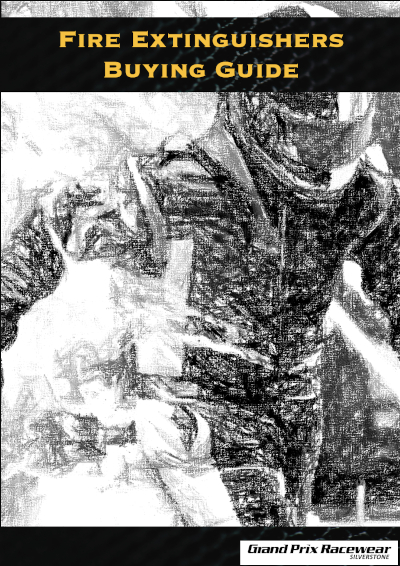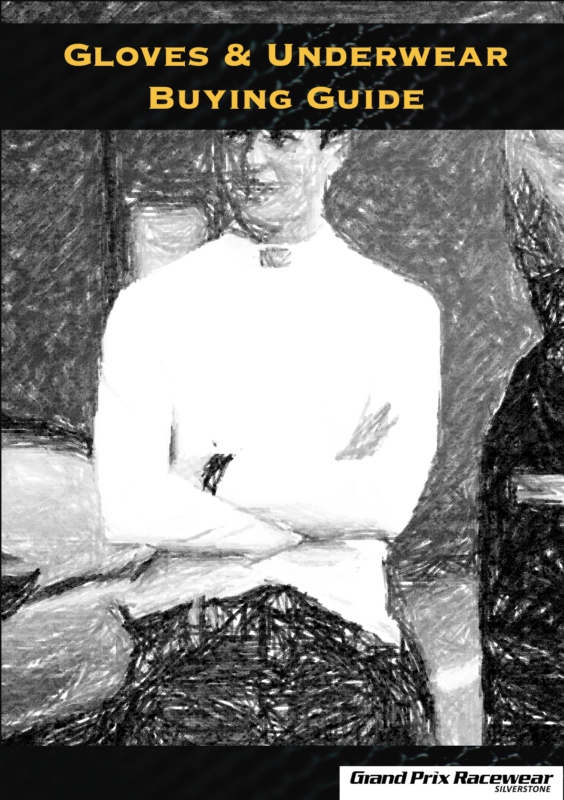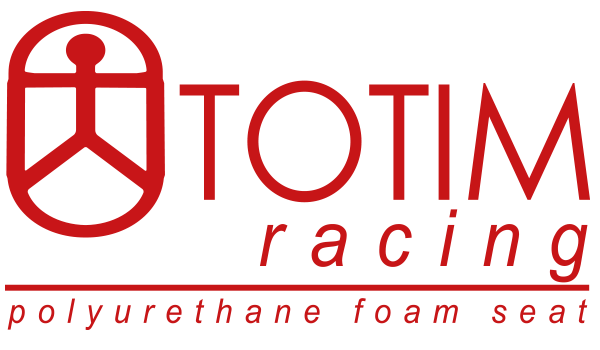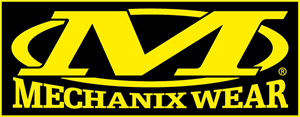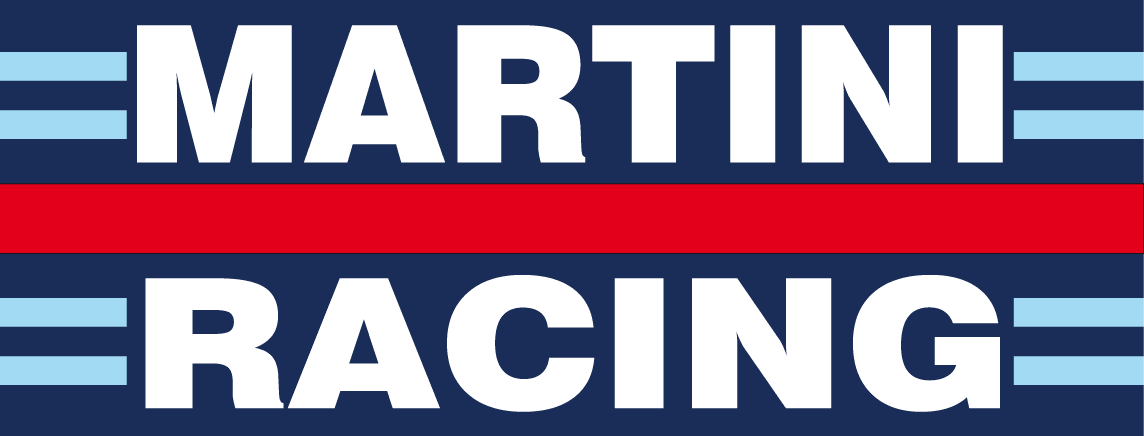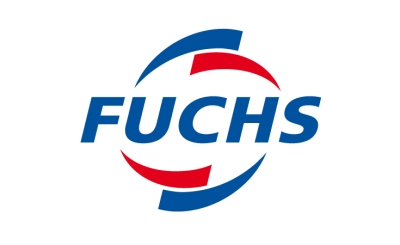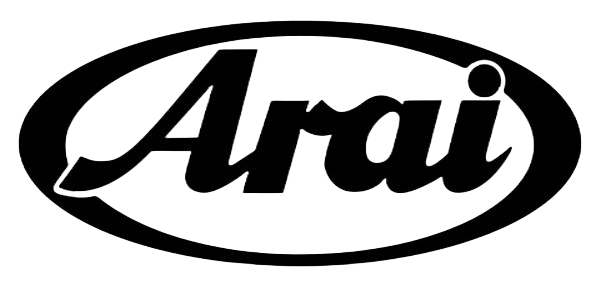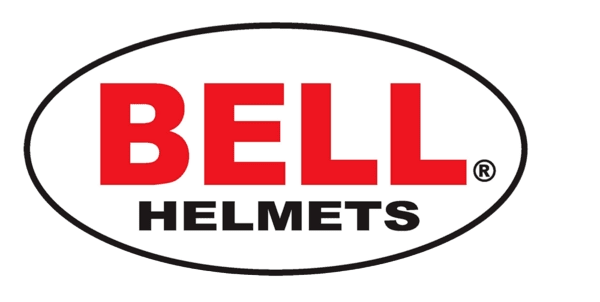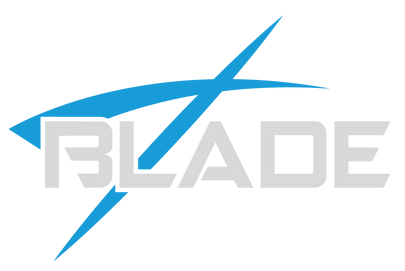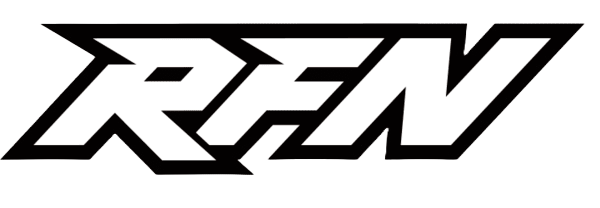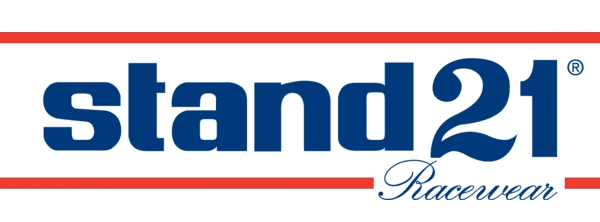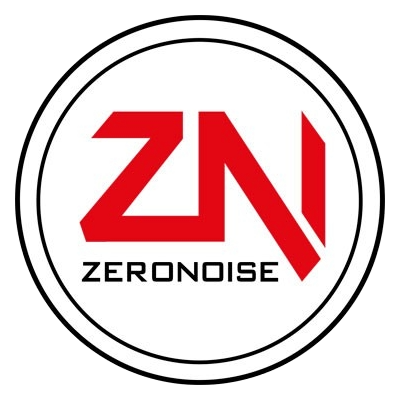What does homologation mean?
Homologation is the process which a piece of equipment is required to go through to be certificated to race in a given league or series.
Type approval or certificate of conformity is granted to a product that meets a minimum set of regulatory, technical and safety requirements.
Generally, type approval is required before a product is allowed to be sold in a particular country, so the requirements for a given product will vary around the world.
In the UK, the standards for motorsport are determined by the FIA, the world’s governing body for all motorsport where four wheels or more are used.
What is the current homologation for race boots?
Whilst it is always advisable to wear race boots in any form of motorsport, it is mandatory for all circuit racing. The current homologation for race boots is FIA 8856-2018. This standard ensures that race boots offer at least 11 seconds of protection from fire, provided by a layer of Nomex fire-retardant material. You may wear race boots for karting, but karting boots are not permissible in racing.
What is the most important criteria when selecting race boots?
Beyond safety, the key element that a racer looks for in his boots is enhanced driving performance, which comes from improved feel and reduced weight. A thin, flexible sole will allow the racer to feel the pedals and to apply pressure evenly and consistently when using the throttle or brakes.
What are the options for boot materials?
Race boots are made from either suede or leather. Suede boots have high flexibility and because they are so soft, they tend to be very comfortable from the outset. They are water resistant and very durable. Leather is lighter and is a material that whilst also providing water resistance and durability, will soften and mould to the foot over time, providing greater individual fit. Kangaroo leather is even softer and lighter and provides the ultimate natural material for race boots.
Do I need low, mid or high-top boots?
This comes down to personal preference and what is most comfortable for you, but it can be heavily influenced by the type of car you are racing in. In a rally car, where your feet are fairly horizontal and you are exerting mostly downward pressure, a higher boot offers more support and control. In single seaters, where the foot is in a much more vertical position, a lower cut boot will provide more comfort and flexibility.
Which method for lacing is best?
We offer boots with standard lace ups, Velcro which offers a tighter, more secure fixing and quick-lace systems which as the name suggests allows you to get your boots on and snuggly tightened quickly and easily.
Do the most expensive boots last the longest?
Surprisingly, the answer is no! Because the most expensive boots tend to be lightest and thinnest for maximum feel, they also tend to wear out the fastest. A heavier, less flexible boot will offer lower performance benefit but will last considerably longer.
How do I ensure I get the best fit for me?
Each manufacturer sizes their boots slightly differently so always refer to the size guides alongside the listings in the webstore before ordering. We stock hundreds of boots in our Silverstone store, so feel free to come along and try on a few options before committing.
How about socks?
All UK racing requires that you wear Nomex fire-retardant socks inside your boots. Not only does this improve your protection in the event of a fire, it also improves the fit of your race boots.
What about…?
If you have any questions about any other aspect of race boots, or which will be best for you, please call our Customer Service Team on 01327 855 585 for friendly, unbiased advice.
Are race boots and kart boots the same?
No, they are quite different. For help choosing the right kart boots, please refer to our Kart Boots Buying Guide or call our Customer Service Team on 01327 855 585.




